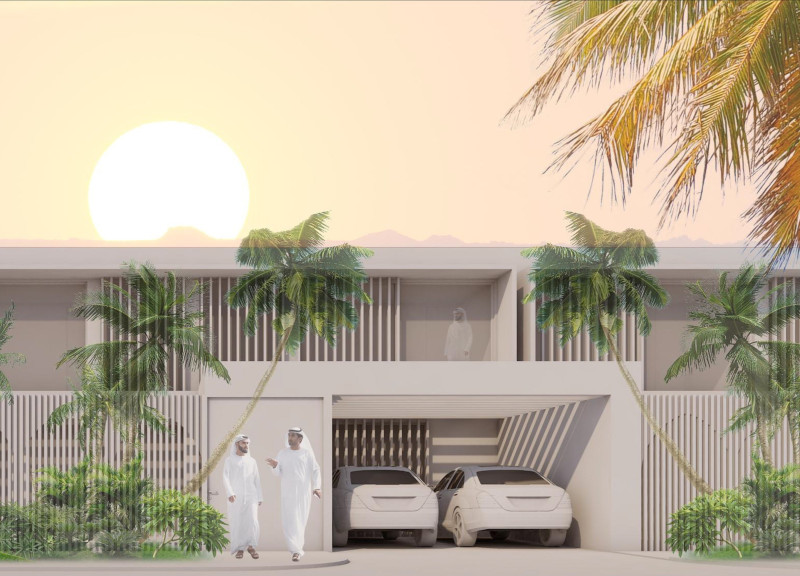5 key facts about this project
Functionally, this project serves multiple purposes, accommodating both community and individual needs. It integrates public spaces that encourage interaction while providing private areas for contemplation. The layout is meticulously designed to guide movement through the space, facilitating both social gatherings and quiet solitude. The balance between these elements is pivotal, as it allows the architecture to cater to diverse activities, enhancing the sense of community while respecting individual privacy.
Key details of the design include the use of natural materials that resonate with the local surroundings. The combination of timber, stone, and glass is employed not just for aesthetic qualities but also for practical reasons, such as insulation and durability. The timber provides warmth and a tactile quality, the stone establishes a sense of permanence, and the glass blurs the boundaries between inside and outside, inviting natural light and offering vistas of the landscape. This approach reflects a commitment to sustainability and a preference for materials that are not only visually appealing but also environmentally responsible.
Unique design approaches include the incorporation of passive solar principles, which optimize energy efficiency throughout the building's life cycle. Strategic placement of windows and overhangs is designed to maximize natural light and heat during the winter months while minimizing it in the summer, enhancing the building's performance without reliance on mechanical systems. Additionally, green roof systems are utilized, promoting biodiversity while further insulating the structure. These features support broader goals of sustainability within architectural design, illustrating the project’s dedication to ecological responsibility.
Another significant aspect of the project is its landscaping integration. The outdoor spaces are designed to be as functional and pleasing as the interiors, with pathways that encourage exploration and natural gathering spaces outfitted with seating and plantings. This relationship with the landscape not only beautifies the area but also fosters a sense of connection with nature, enhancing the wellness of the occupants.
The overall architectural design reflects an ethos that prioritizes human experience, environmental stewardship, and community engagement. Each choice, from the material selection to the spatial arrangements, serves to reinforce the core values embedded within the project. The careful consideration of form and function creates an impactful design that stands as a model for future developments.
For those interested in exploring the nuances of this architectural project, a deeper dive into the architectural plans, sections, and various design elements will offer greater insights into the vision behind the work. Engaging with these materials will enrich understanding and appreciation of the thoughtful approach that has shaped this project, underscoring the importance of integrating architecture within its broader environmental and social contexts.


 Benjamin Hafner
Benjamin Hafner 























